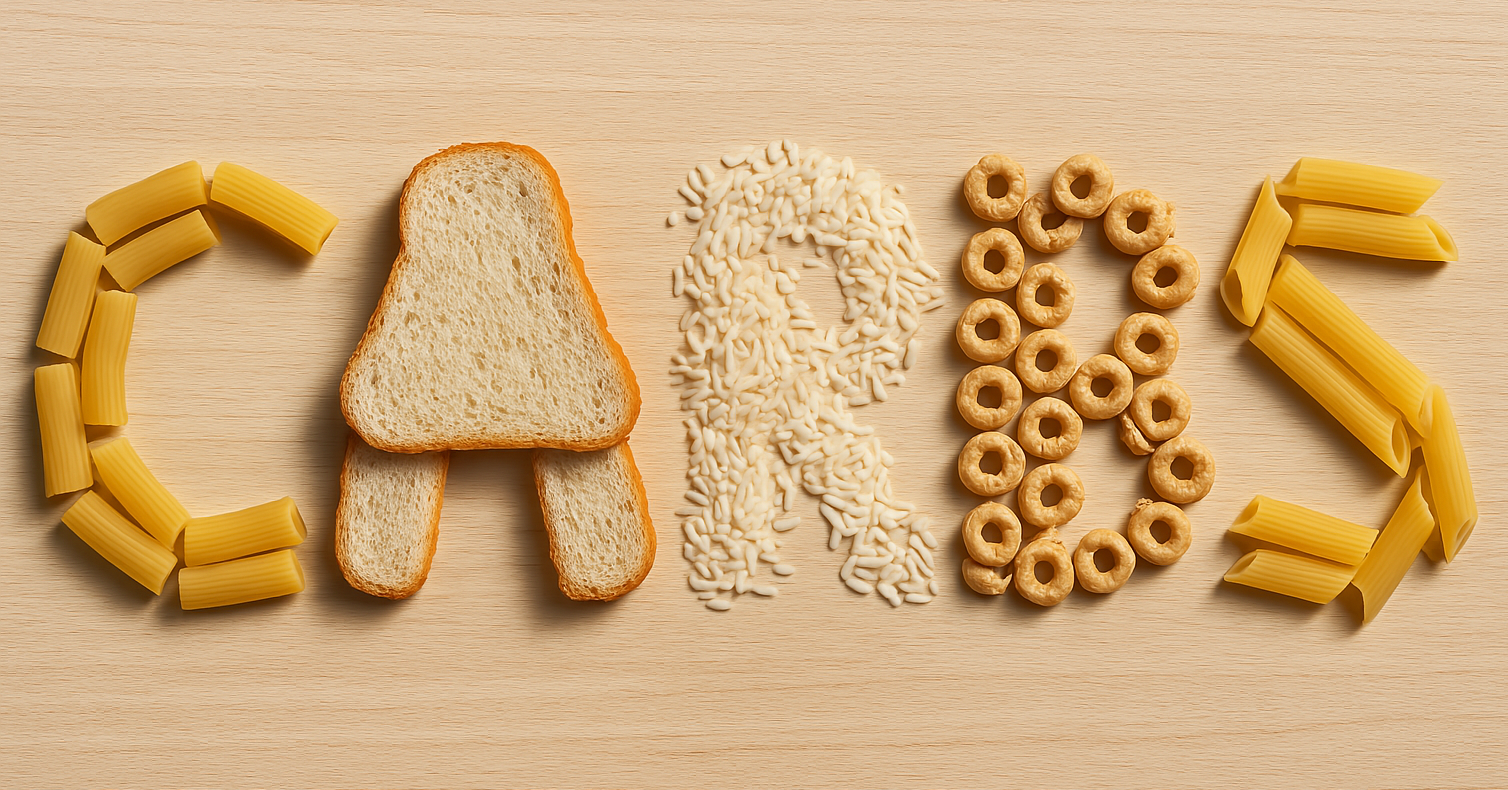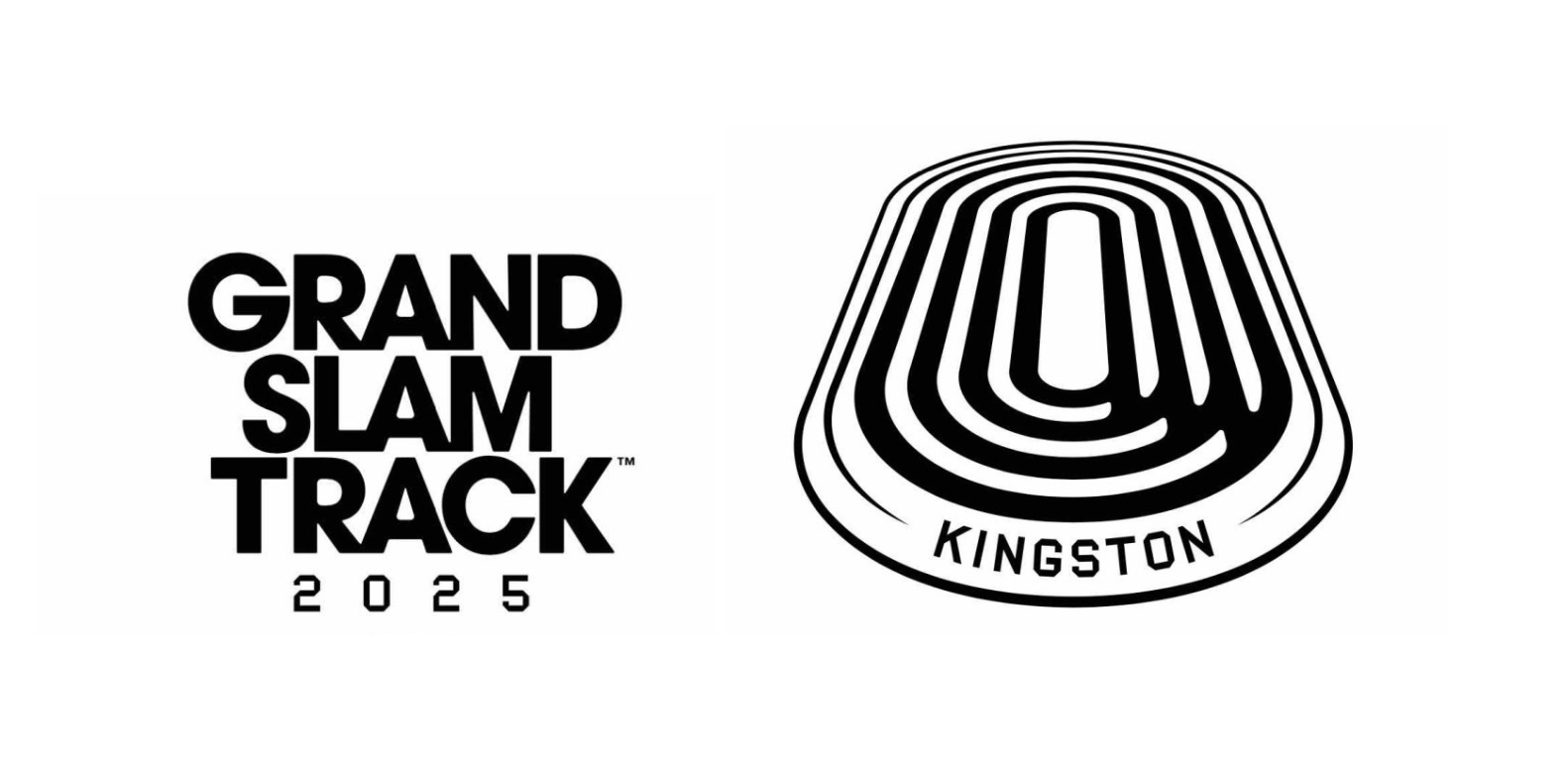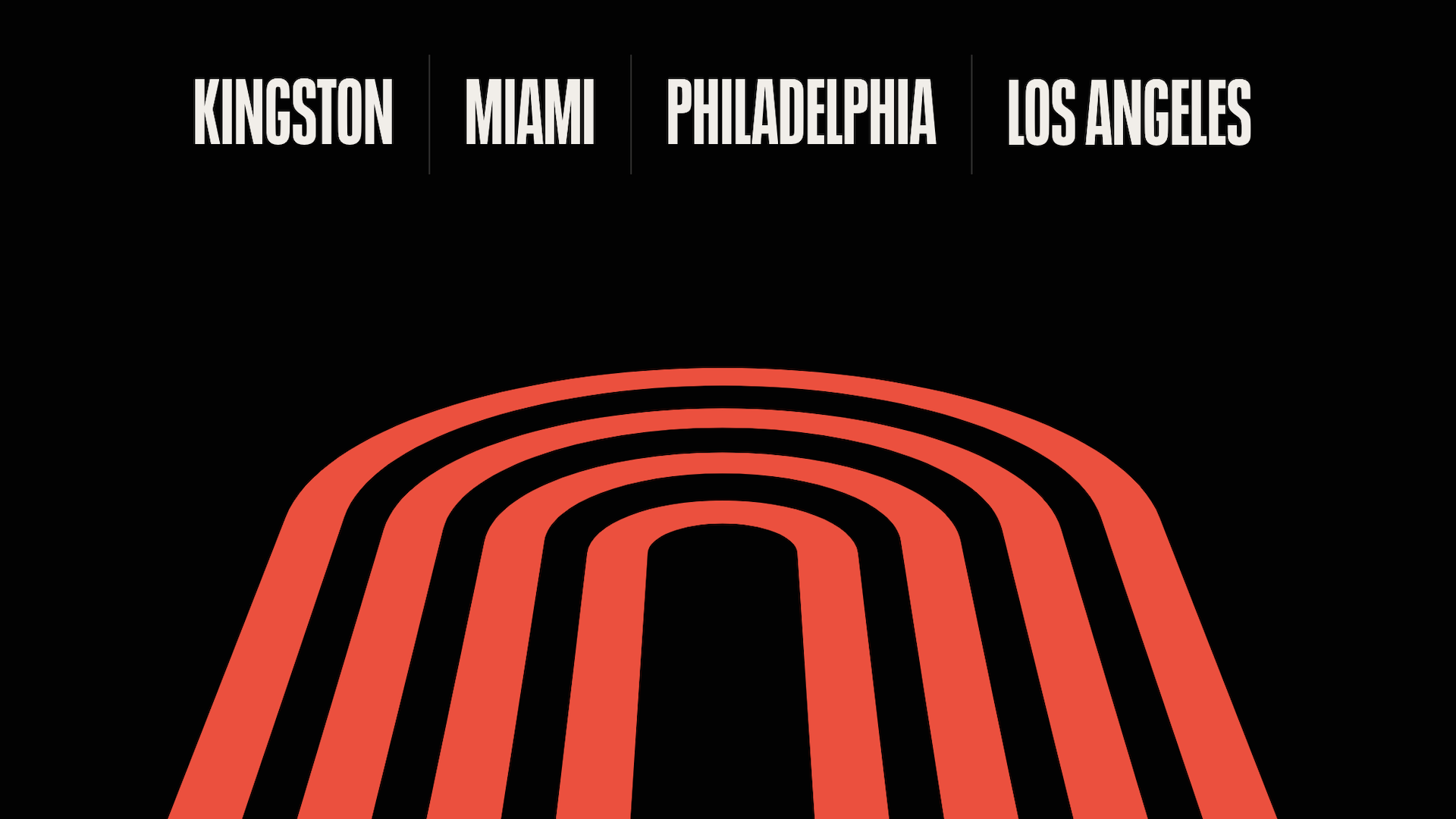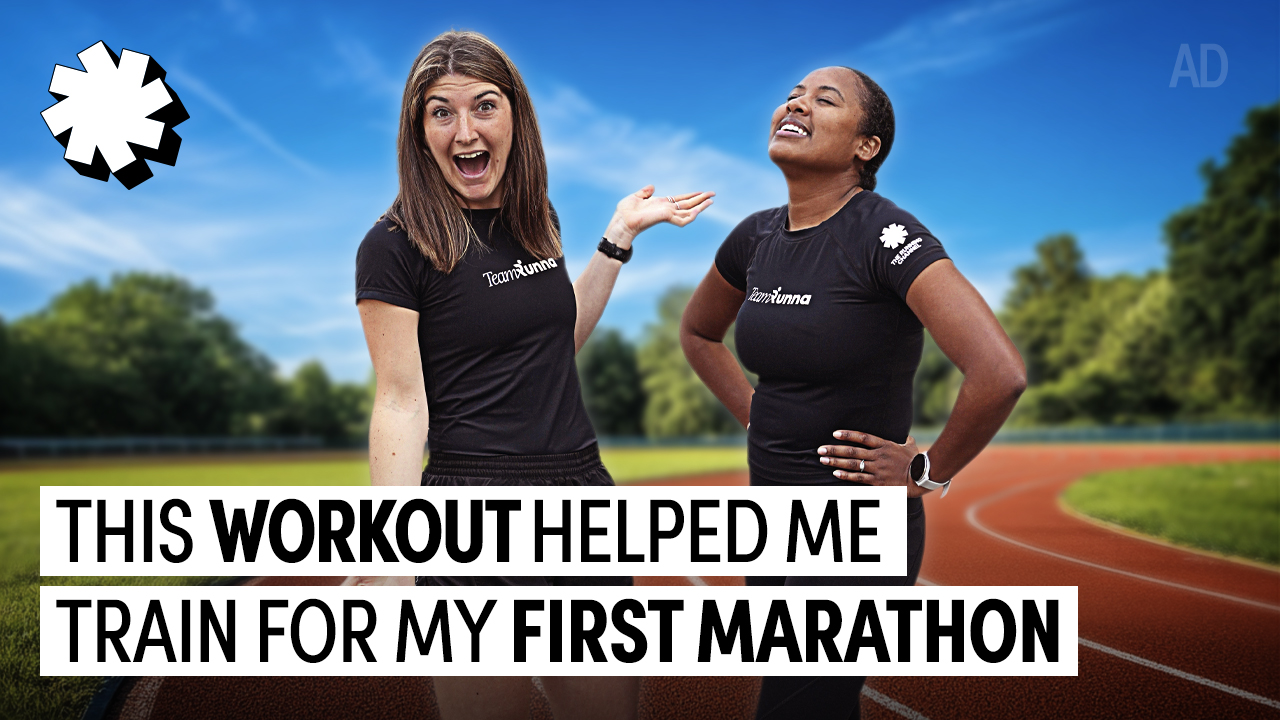How To Plan A Year Of Running

How do you structure a full year of running? From base building to peak weeks, recovery to working on your weaknesses, here’s Sarah and Mo telling you how to plan a year of running. And read on below for more details on how to make this a great year!
DON’T MAKE THE BIGGEST MISTAKES
Whether you’re training towards a goal race, or just aiming to be more consistent to run a little further, you want to avoid the most common mistake runners make: trying to do too much, too quickly.
Whatever your goals are, you need to safely build up to them. Trying to run too far, or too fast, or not having enough rest, is how the most common running overuse injuries occur.
Try to follow a balanced training programme that has roughly an 80/20 split between slow and fast running (but it’s also fine if it’s 100% slow and easy running!). And as you come to increase your volume, add around 10% more distance each week, avoiding big leaps in the amount that you run.
And if you do start to feel niggles, then deal with them before they become injuries (here’s more on niggles vs injuries).
HAVE A GOAL TO WORK TOWARDS
You might have a goal race or you might want to take on a personal challenge, which could be anything from succeeding in Couch to 5k or doing an ultramarathon. Whatever it is, put the date in your diary because your training will be structured towards that.
You may have several different goals throughout the year, so you need to find the best way to approach them all while allowing enough time to rest and recover. For example, if you have the ambition of setting new personal bests in the 5k and the marathon, then don’t plan your 5k race the week after your marathon.
A better approach would be to do a specific 5k training block and then take a rest week before going straight into a marathon training block.
Some people choose to have one or two big goals in a year, and they can take a periodised approach to training for them. Others like to take part in regular races, so their yearly running plan will look very different.
UNDERSTAND HOW A TRAINING PROGRAMME PROGRESSES
Most training plans are at least eight weeks, and many are 16 weeks. Most classic longer training programmes (12-16 weeks) work through different phases: base phase, build phase, peak phase and a taper leading to the race or event.
It can be daunting to look at a 16-week training plan, but breaking that down into four sections can make it feel more manageable, and you can understand the purpose of the training progression.
The base phase gradually builds up your fitness, mostly with easy running. This helps to get you into a training routine and to safely increase the amount that you run. You will also begin to do some faster workouts in this phase.
The build phase will increase the amount that you’re running, and will add in more intensity with faster workouts. During this phase, runners often like to plan a warm up or preparation race of a shorter distance than your goal race.
As you come into the peak phase, you’re going to run your biggest volume weeks and you’ll get specific with your training. For example, if you want to run a 30-minute 5k then you’ll start to do intervals at 6:00 per kilometre pace, or if you’re training for a marathon, then your long runs will increase to 16-20 miles.
The taper will last around two weeks and will have you feeling ready for race day.
It’s possible to do two or three classic blocks like this in one year, and regardless of the distance, this is a good structure for every training programme.
SPECIAL TRAINING BLOCKS
Not every training programme follows a long progression towards a race, and sometimes we can do a special block of training before moving into a bigger training plan.
These special training blocks could be done to help you work on something specific, like strength, speed or endurance, or could be a ‘return to running’ programme for someone who has taken an extended break, where a four to eight week block can help them get back to running again.
An example of a special block could be doing four weeks of speed training before beginning half marathon training. You could even choose a goal for this block, like setting a PB in a one mile time trial.
SMALL GOALS TO REACH THE BIG GOAL
Every big goal is completed by succeeding at lots of small goals along the way.
Some of these are specific to running and fitness:
- Are there skills you want to improve?
- Do you have muscle weaknesses which you need to work on?
- Do you want to be more consistent with strength training?
- Can you improve your psychology?
- Do you benefit from massage or foam rolling and can you plan this into your routine?
And think about everything outside of your training:
- Are you happy with your diet and nutrition?
- Are you able to get enough rest and sleep?
- Are you feeling a large amount of stress and are there ways you can try to reduce this?
- Are there barriers you need to overcome to help your training?
As part of working towards your bigger goals, you need to think about the smaller goals which can help you succeed.
WORK ON WEAKNESSES, THEN BUILD ON STRENGTHS
It’s important to work on weaknesses, which could be many different things: it could be a niggle you often feel, a lack of strength when running up hills, a lack of motivation, or it could be related to things which complement (or challenge) running, like sleep habits, diet and stress.
Figure out the weaknesses which might be holding you back and work towards improving them early in your training.
Then as your training progresses, you’ll get more specific and can work on the stuff you’re really good at. But always sort out the weaknesses first, or they’ll catch up with you before you’re able to improve your strengths.
ENJOY A BREAK TO HELP RECOVER
After you’ve completed your goal, it’s a really good idea to plan to have two to four weeks of rest to recover. That’s a rest for your mind as much as your body, and it doesn’t mean you do nothing for a month (unless that’s what you want to do) – you can still remain active, but try different things and ease off the running.
Then when you’re feeling ready, you can begin working towards your next goal.
For runners who like to have numerous different races spread throughout the year, then instead of an extended break, take lots of shorter breaks. So after each race, have four to seven days off to maximise your recovery and give your brain and your body a welcome rest.
PROGRESS OVER YEARS, NOT MONTHS
One of the best ways to see progress is with consistent training over years, and not just months.
Sure, we want to periodise our training into blocks which last a few months, but if we’re able to stack three or more of those blocks in a row then each time we begin a new training programme, we’re already ahead of where we began last time. These incremental gains help us to keep on improving, or to maintain our consistency as runners.
WHAT DOES A YEAR OF RUNNING LOOK LIKE?
Everyone’s year will be different based on the timing of races and running goals, but for a lot of runners, they will take on a spring challenge and then another in the autumn. Let’s say you’re running a half marathon in April and a marathon in October. Your year might look like the following.
- January: Half marathon base phase
- February: Half marathon build phase (including a 10km race)
- March: Half marathon peak phase
- April: Half marathon taper to race
- May: Recovery month
- June: Special block to work on weaknesses (i.e. gym focus or speed work)
- July: Marathon base phase
- August: Marathon build phase (including a half marathon race)
- September: Marathon peak phase
- October: Marathon taper and race
- November: Recovery month
- December: Special block to work on weaknesses
***
And if a year seems like too much to think about in one go, then here’s how to structure one week of training.




























Running News
Ingebrigtsen Stars at World Athletics Indoor Championships 2025 – Plus All The Winners!
Sam Ruthe Is First 15-Year-Old To Run A Four-Minute Mile!
Eliud Kipchoge Will Run The 2025 Sydney Marathon!